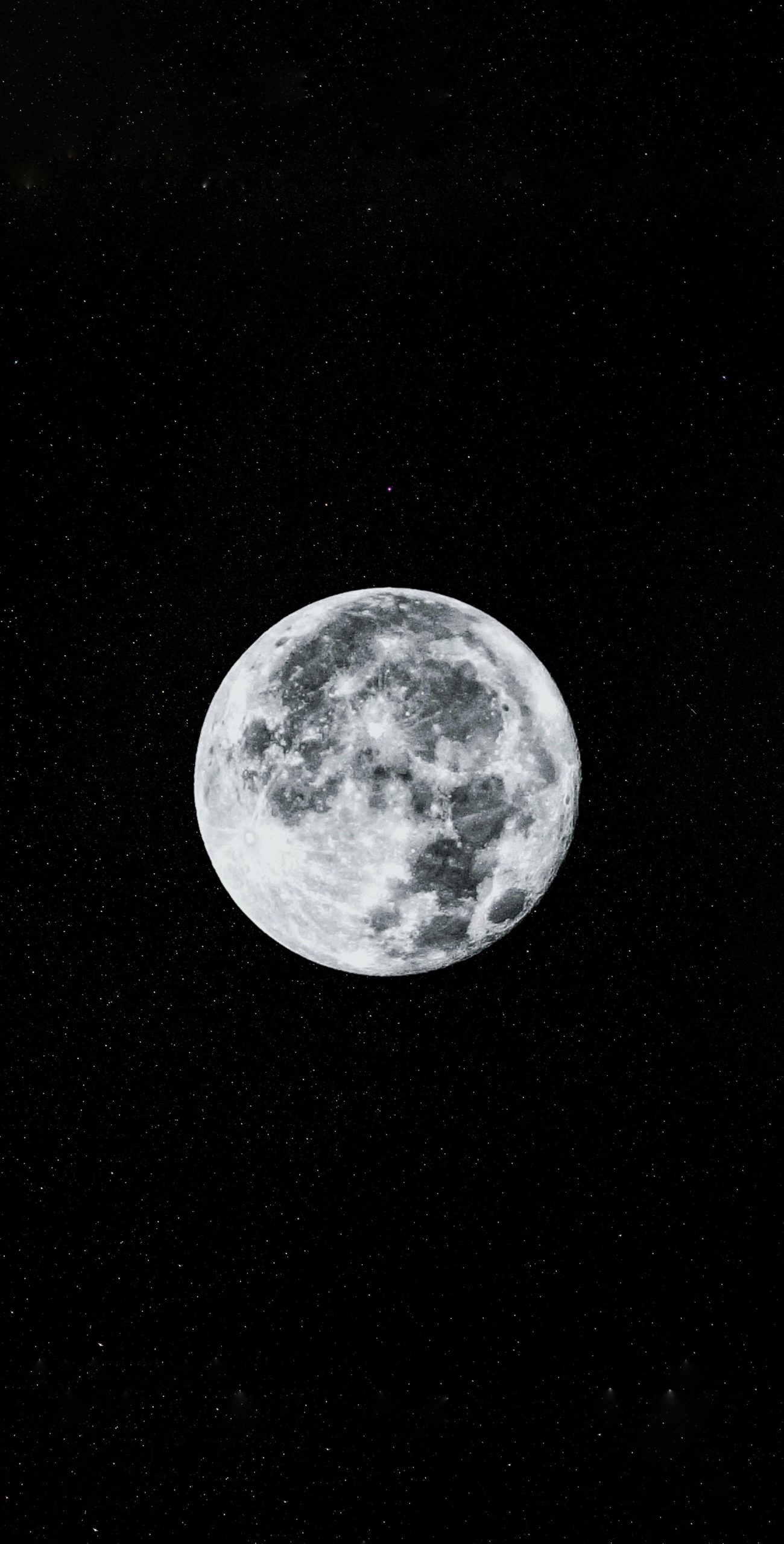What is a Waxing Gibbous Moon?
Our magnificent moon is a fascinating celestial object that has captivated people throughout history. It goes through various phases, each with its own distinct appearance and characteristics. One of these phases is the waxing gibbous moon, which falls between the first quarter moon and the full moon. In this article, we will explore the waxing gibbous moon in detail, examining its features, occurrence, and significance.
Understanding the Phases of the Moon
Before diving deeper into what a waxing gibbous moon is, let’s briefly review the different phases of the moon. As our natural satellite orbits around the Earth, we observe different portions of its illuminated side from our viewpoint on Earth. These portions, or phases, result from the varying positions of the moon, Earth, and the sun.
The eight commonly recognized phases of the moon are:
- New moon
- Waxing crescent moon
- First quarter moon
- Waxing gibbous moon
- Full moon
- Waning gibbous moon
- Last quarter moon
- Waning crescent moon
Now, let’s focus on the waxing gibbous moon, which is the primary topic of this article.
The Characteristics of a Waxing Gibbous Moon
A waxing gibbous moon appears after the first quarter moon and before the full moon. It is one of the moon’s phases where it is more than half illuminated but not yet fully illuminated. The term “waxing” indicates that its illuminated portion is increasing or growing larger, while “gibbous” describes its shape, which is between a half-moon and a full moon.
The waxing gibbous moon is known for its striking beauty when observed in the night sky. Here are some distinct features of a waxing gibbous moon:
- Partial darkness: Unlike the full moon, where the entire face is brightly lit, the waxing gibbous moon has a portion of darkness on its surface. This gives it a unique, three-dimensional appearance.
- Bright illumination: The illuminated part of the moon is often bright enough to cast noticeable shadows on Earth.
- Visible craters and maria: With the increased visibility in this phase, various features of the moon’s surface become more pronounced. Craters, mountain ranges, and lunar maria (dark, flat areas) are easily discernible.
- Observable with the naked eye: The waxing gibbous moon is easily visible in the night sky without the need for telescopes or binoculars.
Occurrence of the Waxing Gibbous Moon
The waxing gibbous moon occurs approximately one week after the new moon and one week before the full moon. This phase marks the transition between the first quarter moon and the full moon. During this period, the illuminated portion of the moon gradually increases, leading up to the fully illuminated full moon.
The waxing gibbous moon is visible in the sky during the evening hours, rising in the east shortly after sunset. As the night progresses, it moves higher in the sky, offering an enchanting view until the early hours of the morning.
The Significance of the Waxing Gibbous Moon
Apart from its aesthetic value, the waxing gibbous moon holds significance in various cultures and activities. Here are a few notable aspects:
Astronomy and Scientific Exploration
For astronomers and scientists, the waxing gibbous moon provides an excellent opportunity for observing and studying the lunar surface in detail. Its increased visibility allows for better analysis of geological features, such as craters and volcanic plains. Additionally, this phase is ideal for exploring the moon’s topography and identifying potential landing sites for future lunar missions.
Agricultural and Gardening Activity
The waxing gibbous moon influences agricultural practices, particularly for those who follow lunar gardening principles. Lunar gardening is based on the belief that different moon phases affect plant growth and yield. During the waxing gibbous phase, it is believed that the moon’s energy is favorable for leafy and above-ground crops, making it an ideal time for activities like pruning, transplanting, and fertilizing.
Cultural and Mythological Significance
The moon has played a significant role in human culture and myth throughout history. Many ancient civilizations associated the moon with deities, lunar cycles with fertility, and waxing gibbous phases with growth and abundance. These cultural interpretations have shaped folklore, celebrations, and traditional practices that continue in various societies today.
Conclusion
The waxing gibbous moon is a captivating spectacle that bridges the gap between the first quarter and full moon phases. Its unique appearance and increased visibility make it an intriguing target for stargazers, scientists, and those who appreciate the beauty of our celestial companion. Whether you observe it for scientific, agricultural, or cultural reasons, this phase of the moon holds both scientific and symbolic significance in our world.
Table of Contents
